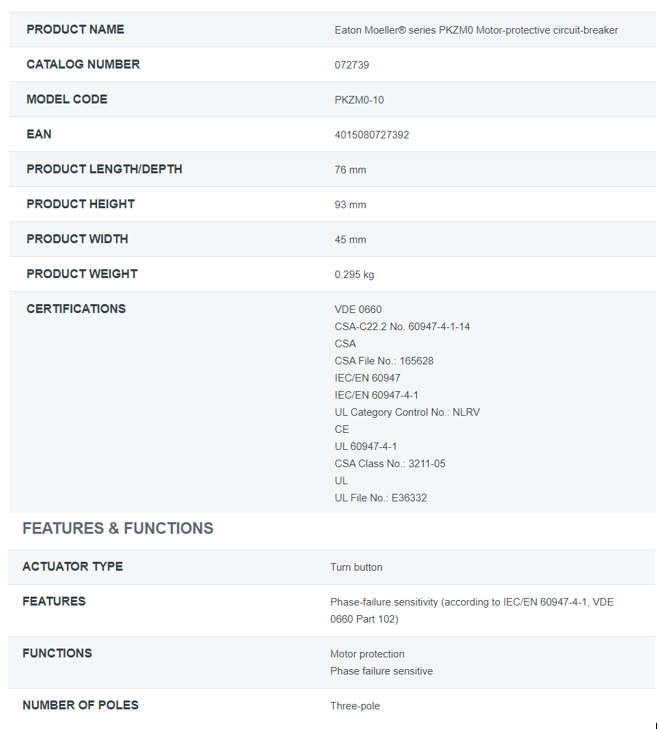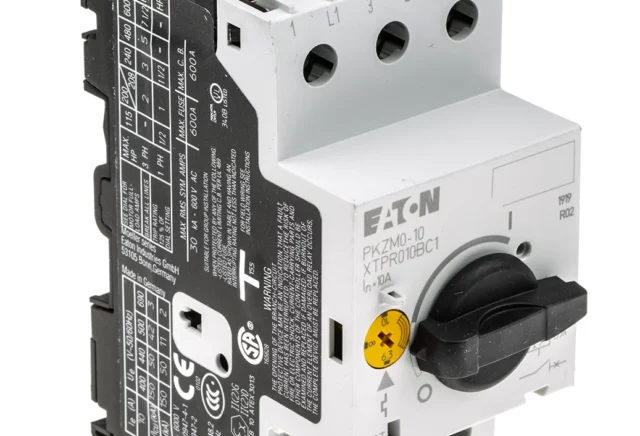Circuit breakers with motor protective characteristics, often referred to as Motor Protection Circuit Breakers (MPCBs), are specialized devices designed to protect electric motors from electrical faults and overloads. They combine the short-circuit and isolation functionality of Molded Case Circuit Breakers (MCCBs) with the motor overcurrent protection of traditional overload relays.
Circuit breakers with motor protective characteristics with thermal and time-delayed overcurrent release is not always an indication that the particular circuit breaker is suitable for motor protection.
A true motor protection is directly integrated in the circuit breaker only if the thermal release is compensated for ambient air temperature in accordance with the IEC 947-4-1 and is also sensitive to phase-loss, popularly called single-phasing protection. In the case of electronic devices, there are appropriate markings indicating that it is for motor protection. Usually, a standard circuit breaker provides protection only for the connecting wiring.
Here are some key features of MPCBs:
- Protection Capabilities
MPCBs safeguard against short circuits, phase loss, and overloads, which enhances motor lifespan and performance.
- Automatic and Manual Control
They feature automatic reconnection and manual disconnection options, adding flexibility in motor management. - Sizing Importance
Selecting the correct MPCB size based on the motor’s nameplate details is critical to avoid under or over-protection. - Integration with Other Devices
MPCBs can be integrated with additional control and protection mechanisms like contactors and under-voltage protectors to provide comprehensive motor management solutions.
Typical Motor Protection Circuit Breaker
Below are the characteristics of a typical motor protection circuit breaker.

